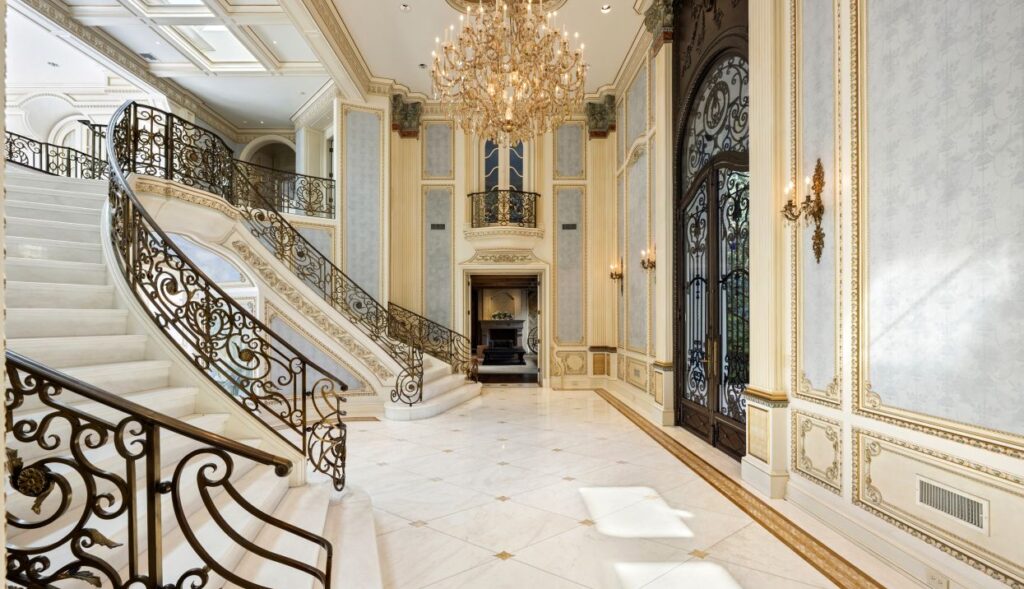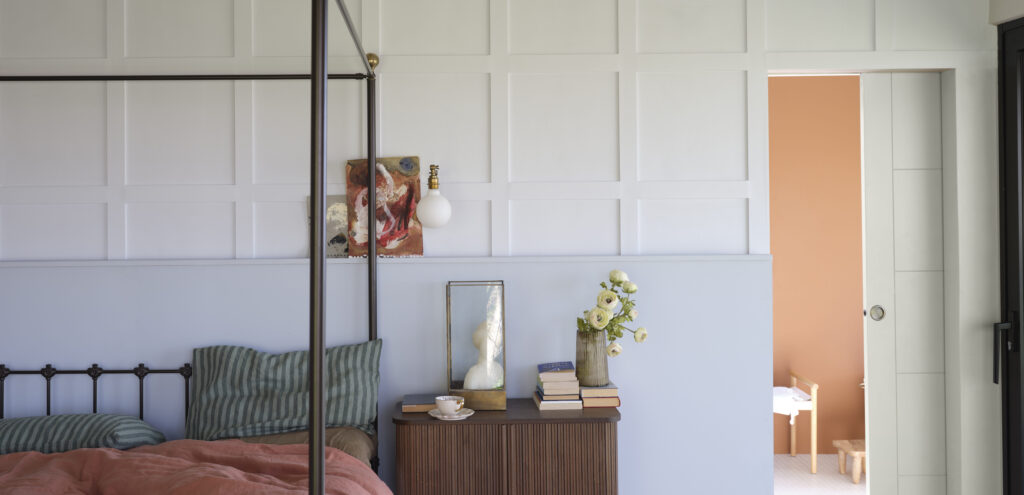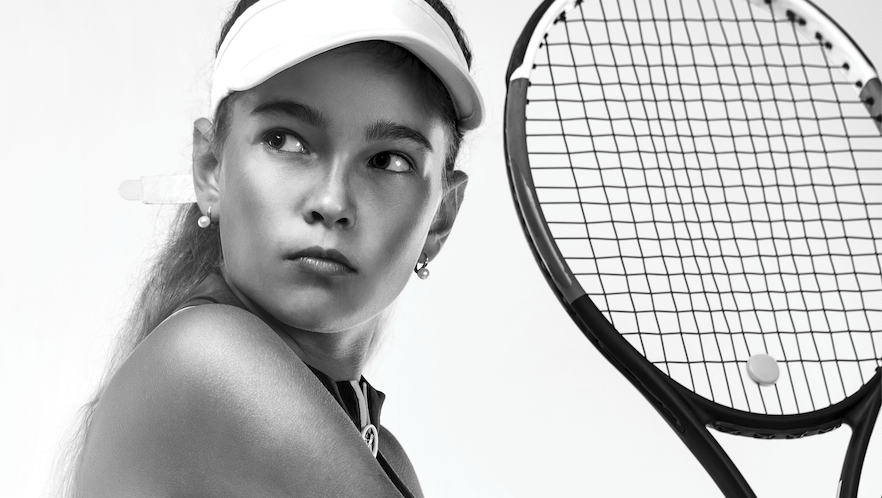By Michael Scivoli
Photos By Nisian Hughes
They say our best work stems from adversity. If you’re American Ballet Theatre’s (ABT) Principal Dancer Misty Copeland, there’s no truer statement. Growing up in San Pedro, California, a young Copeland had dreams of one day gracing a stage as a ballerina, but having spent much of her early years living in a motel room with her mother and five siblings, the path to greatness wasn’t one paved in gold.
Copeland began practicing ballet at 13 which, in the classical ballet world, is what many would consider a late start. For her though, this meant making every moment, every movement, count that much more—and she did. In just a few short months, under the guidance of her teacher, Cindy Bradley, Copeland was dancing en pointe (for ballet newbies, that’s the technique in which the dancer supports their body weight on the tips of their fully extended feet). Within her first year, she experienced her first performance; an achievement many aspiring dancers could only dream of. There was no doubt Copeland was a prodigy, but with no way of getting to her classes, she was told she had to give up ballet. This prompted Bradley to take her under her wing, and over the next couple years, Copeland would spend an abundance of time living with Bradley and her family. And despite an ensuing custody battle surrounding Copeland’s petition for emancipation, the young dancer went on to take first place in the Los Angeles Music Center Spotlight Awards in 1998—and never looked back.
Copeland joined ABT’s corps de ballet in 2001 and by 2007, became the company’s second African-American female soloist in two decades. She made history again in 2014 as the first African-American woman to take on the lead role of “Odile-Odette” in ABT’s “Swan Lake.” Following this in 2015, Copeland debuted as “Juliet” in “Romeo & Juliet” at ABT’s Metropolitan Opera House, shortly before being promoted to Principal Dancer, the first African-American ballerina to achieve this feat in ABT’s 75-year history.
Today, Copeland has become an icon and symbol for younger generations of women to pursue their dreams. And though she still faces adversity today—mainly stemming from the scrutiny she’s received for her muscular physique—Copeland continues to inspire and impress at every turn. VUE had the privilege to speak with Copeland on the eve of her opening night performance in ABT’s “The Nutcracker.”
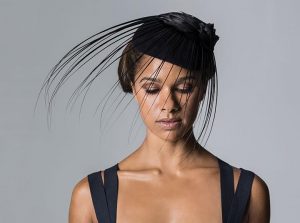 When you were growing up, living in San Pedro, California, could you ever have imagined the level of success you’ve achieved? You’ve faced so much adversity from the start of your career. What was your biggest obstacle?
When you were growing up, living in San Pedro, California, could you ever have imagined the level of success you’ve achieved? You’ve faced so much adversity from the start of your career. What was your biggest obstacle?
There’s been so many: starting from a late age, coming from a disadvantaged background, being African-American. I think one thing I’ve struggled with is something more internal, not letting all of those obstacles take over. However, I approach everything in my daily life and in my career by staying really focused and in the moment. I think that all of the obstacles I’ve overcome are what made me a fighter and stronger. I don’t think I would be the dancer or the person I am today if I didn’t have those obstacles.
You did have that late start with ballet. It wasn’t until you were 13 that you took your first class at a Boys and Girls Club. Do you feel that pushed you to work harder than other dancers at that age?
I think because I knew I didn’t have a lot of time to get the training that I needed in order to start my professional career when I was supposed to, it definitely gave me more fuel. I think beyond all that, I was so passionate about it and there wasn’t anything that I’d experienced in my life at that point that I’d felt so passionate about. I think more than wanting to prove myself or wanting to succeed it was a way for me to express myself, something that was my own; a beautiful escape.
During your adolescent years, your teacher Cindy Bradley was almost like a second mother to you. How did that relationship help foster your skills, ability and passion for ballet?
It was beyond what I think I realized was happening at the time. Cindy pushed me to do things that I wasn’t being pushed to do at home from my mother or my siblings. Beyond being my teacher, she was forcing me to think about things in ways I hadn’t before. It was extremely uncomfortable and there were times where I was like ‘I can’t do this, I don’t want to do this, why is she making me?’ and it definitely made me a stronger person. It prepared me for this career.
In 2015, you became the first African-American woman to be promoted to principal dancer in American Ballet Theatre’s 75-year history. Many view this achievement as groundbreaking. What has this meant for you personally?
I think at this point, especially throughout the past couple of years, it wasn’t about my personal success. It’s more than that. It’s about what can be possible for the next generation, what I’m representing. I’m still getting used to the fact that it’s happened to me. [Laughs]. I feel like I’m representing all of these people and that’s why this is such a big deal. It’s a lot, when I’m like ‘okay, this is just me up there dancing’ and a lot is expected and people want to come and see me and I have to produce a great performance every night. I think that I’d be happy no matter what title I hold.
You’ve given so many memorable performances, “Swan Lake” and “Firebird” come to mind. What keeps you motivated to conquer new and challenging roles?
There’s just something that we have in us as dancers, that it’s not necessarily about the audiences that are there. It’s this need to prove to ourselves, to prove to our directors and our teachers that we’re listening, we’re learning and we’re getting the feedback. I think it’s just ingrained in us as dancers that we want to be as perfect as a human being can be. I think that’s the driving force. When you get on stage a lot of that changes, and I think I’m definitely aware of the people in the audience that are maybe seeing ballet for the first time or that really feel a connection to me and what I represent. In the end, that’s what performance is about.
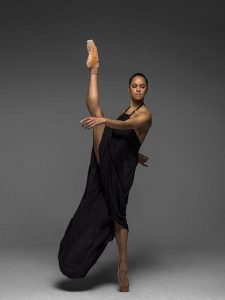 You have two books out now “Life in Motion” and “Firebird” but you also have a third entitled “Ballerina Body” which is due out in 2017 which focuses on inspiring women to reshape their bodies. Can you tell me a bit about what potential readers can expect?
You have two books out now “Life in Motion” and “Firebird” but you also have a third entitled “Ballerina Body” which is due out in 2017 which focuses on inspiring women to reshape their bodies. Can you tell me a bit about what potential readers can expect?
It’s so exciting! A lot of people often ask me what I eat or how I take care of myself or how I stay energized or what cross training is involved. This is also the chance for me to represent dancers in a true way. I think it’s amazing that we’re in this time where ballet has really been in the forefront of what it means to be an athlete and how women want to look healthy and fit and strong. It’s given me the opportunity to share with [readers] the techniques and rituals I use and how you can form an emotional, even meditation-like connection to exercise. I’m sharing it in a very accessible way through different types of movement and sharing the foods that I cook and words that I live by that keep me motivated not just as a performer, but as a woman. It’s super exciting to be able to give all these little tidbits of information to the public.
You’re also a New Yorker now. What do you love most about living in New York City?
It’s unpredictable. Growing up in the environments I did, I was very insecure and sheltered. Unpredictability was probably one of the most terrifying things for me, but New York has helped me grow. It’s challenged me, it’s taught me about being a ‘grown up’ and being responsible for myself, and the fun things like learning about food and fashion. There’s just so much to offer. I feel like I can travel anywhere in the world now because I live in New York and I’m surviving. [Laughs].
As someone who has worked very hard to get to where you are today, what’s your way of taking time for yourself—enjoying the luxuries of success?
I would say, whenever I have an evening that isn’t too late, I’m not someone that’s going to spend that time out on the town. I like to be at home and I love cooking. That’s when I can really relax and listen to music, but I love to travel and just escape in that way from the chaos of New York—as much as I love it. With all the pressures of my career, I think traveling, cooking and listening to music are my favorite things to do.
What’s your favorite destination to travel to?
There’s so many! In the beginning of my career, as a young adult, Asia was one of my favorite places to travel to and perform—specifically Tokyo. Now, I love Paris, I love Italy, I love Greece; all I need is some good shopping and maybe a beach and I’m good. [Laughs].
Who is your favorite artist of all time? Who’s been the most influential to you?
There’s been so many dancers that have been a huge part of me finding my identity and motivating me. Gelsey Kirkland and Paloma Herrera were huge dancers in my life that inspired me. As funny as it may sound, Mariah Carey is definitely someone I felt that I connected with and related to with being biracial and succeeding. In the early ‘90s when she first came out, I was seven years old and still figuring out who I wanted to be. There was something about her that I was really drawn to and that helps me understand why other minority dancers are drawn to me. It’s because they can see themselves through me and see themselves in that way.

